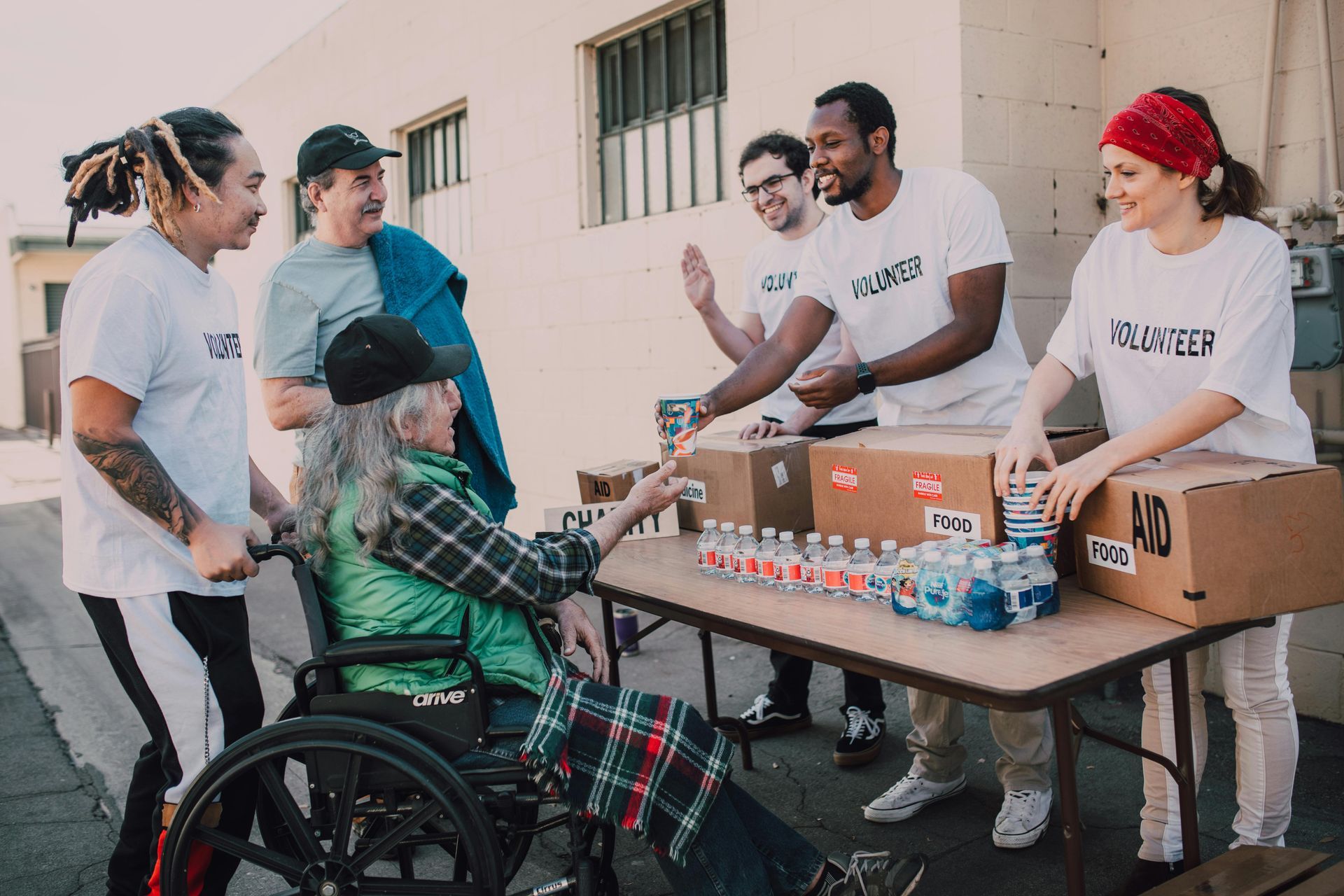Building a Volunteer Community: 6 Retention Strategies That Work
Volunteers are the backbone of many charitable organizations, providing essential support in roles that staff members alone can’t fill. Attracting volunteers can be challenging, but keeping them engaged is crucial for long-term success. Below are practical strategies to grow a loyal volunteer base and maintain strong relationships.
1. Create Clear Roles and Expectations
Volunteers thrive when they understand their responsibilities. Present a clear outline of each role—whether it’s assisting at events, helping with administrative tasks, or mentoring community members. Providing well-defined parameters ensures no one feels lost or overwhelmed. Clarity also fosters a sense of accountability and purpose.
2. Provide Training and Resources
A lack of training can lead to frustration. Offer instruction on any tools or processes your charity uses. If volunteers see that you’re investing time in teaching them, they’ll feel more confident and prepared to carry out their duties. Simple handbooks, checklists, or short video tutorials can go a long way.
3. Recognize and Celebrate Contributions
Volunteers need to know their work matters. Regularly highlight their achievements—through monthly newsletters, social media shout-outs, or small appreciation events. Even a handwritten thank-you note can mean a great deal. By showing genuine gratitude, you cultivate a positive atmosphere that encourages volunteers to stay involved.
4. Encourage Leadership Opportunities
Long-term volunteers often seek greater responsibility or the chance to learn new skills. Offer leadership roles, such as project coordinator or training facilitator. This approach not only helps you delegate tasks but also makes volunteers feel valued and empowered, boosting their commitment.
5. Listen to Feedback
Volunteers on the front lines have valuable insights into what’s working and what could be improved. Encourage open communication and invite honest feedback. Addressing their suggestions or concerns promptly demonstrates respect and reinforces trust in your organization’s leadership.
6. Foster a Social Environment
Volunteering doesn’t have to be all work. Group gatherings—like coffee meetups or simple potluck dinners—create an environment of camaraderie. When volunteers form friendships, they’re more likely to return and spread the word about your charity to friends and family.
Conclusion
Retaining volunteers requires ongoing effort and attention, but the payoff can be enormous. By setting clear expectations, offering robust support, recognizing contributions, and creating a warm social environment, you can keep your volunteer base strong. With these practices in place, your charity can look forward to more consistent support and deeper community impact.


